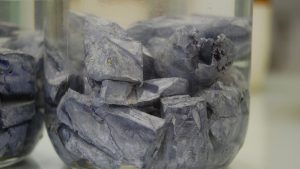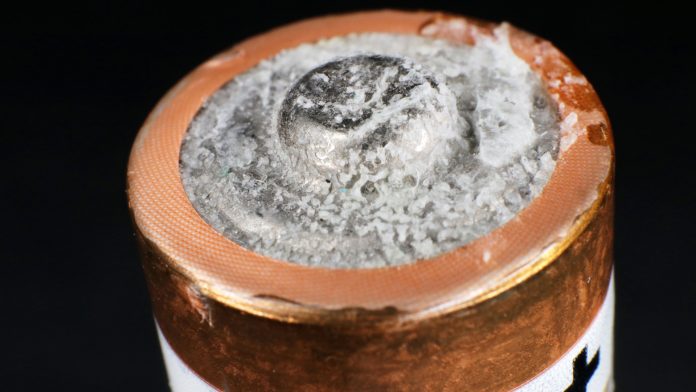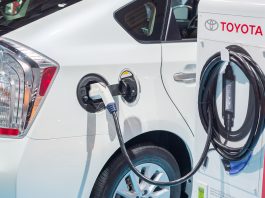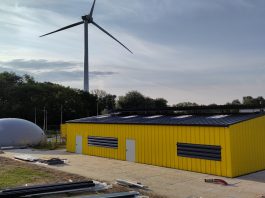Researchers from Tokyo University of Science have conducted experiments on aqueous potassium-ion batteries to gain insights into solid-electrolyte interphases (SEI).
Potassium-ion batteries are made from abundant materials and are much safer than the popular lithium-ion battery.
However, preventing hydrogen evolution at the negative electrode for stabilisation is a major challenge in high-voltage aqueous batteries.
While SEI that forms between these electrodes and the electrolyte solution helps stabilise the electrodes in lithium batteries, they have been scarcely researched in the form of potassium-ion batteries.
The research, which aims to address this knowledge gap, was published in Angewandte Chemie International Edition.
Potassium-ion batteries are a promising alternative to lithium counterparts
Lithium-ion batteries have become immensely popular over the past two decades as the go-to power source for various electronic devices and vehicles.
However, these batteries have several drawbacks surrounding environmental concerns and the limited availability of lithium.
These drawbacks have motivated scientists worldwide to look for alternative battery technologies, such as potassium-ion batteries.

These promising alternatives boast several benefits and can utilise a water-in-salt electrolyte (WISE), which makes them more stable thermally and chemically.
Overcoming hydrogen evolution challenges
The researchers employed two advanced analytical techniques – scanning electrochemical microscopy (SECM) and operando electrochemical mass spectrometry (OEMS).
They observed how SEI forms and reacts in real-time during the operation of potassium-ion batteries with 3,4,9,10-perylenetetracarboxylic diimide negative electrodes.
These methods revealed that SEI forms a passivating layer in WISE seen in lithium batteries with slow apparent electron transfer rates, helping suppress hydrogen evolution.
This can ensure stable performance and higher durability of potassium-ion batteries. However, the researchers observed that the coverage of the SEI layer was incomplete at higher operating voltages, leading to hydrogen evolution.
Altogether, the results reveal the need to explore potential avenues to enhance SEI formation in future aqueous batteries.
“While our results reveal interesting details on the properties and stability of SEI found in one particular WISE, we should also focus on reinforcing the SEI network to achieve improved battery functionality,” explained Professor Shinichi Komaba, who led the research.
Moreover, this study also highlights the power of SECM and OEMS for gaining a solid understanding of electrode-electrolyte interactions in next-generation batteries.
Professor Komaba said: “These techniques provide a powerful means for tracking the development, coverage, ion transfer, and stability of SEI and can easily be adapted for various electrolytes and electrodes.”
Future uses of the research
Developing aqueous batteries, such as potassium-ion batteries, will be instrumental for sustainable societies in the future.
They could replace the expensive and hazardous lithium batteries currently used in electric vehicles, smart grids, renewable energy systems, and marine applications.
By making energy storage more accessible, aqueous batteries will aid the transition toward carbon-neutral energy generation, paving the way for a greener future.









